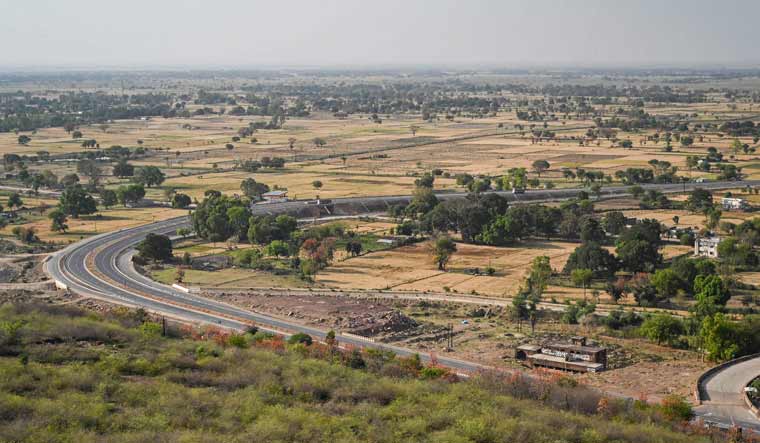It’s simple math. When a government makes more, it can comfortably spend more (without having to borrow and then pay interest on it).
Going by that, whoever wins the hustings on June 4 and comes to power will have a relatively free hand in churning out a capital-intensive budget that will be music to the turnstiles. Close on the heels of the 2.11 lakh crore payout the Reserve Bank made to the government earlier this week, more than double of what was expected, another mode of earnings seems to be getting clear for the to-be new incumbents at North and South Blocks — asset monetisation of highways.
Last month, the National Highways Authority of India (NHAI) had issued a tentative list of 33 road assets it planned to monetise this financial year. Market estimate of their monetisation potential, if it goes according to schedule, could be as much as 60,000 crore rupees.
The monetisation will be via a mix of TOT (Toll-Operate-Transfer, where private players are given rights to collect toll and maintain the stretch for a specified period) as well as NHAI InvIT (investment vehicles that allow infra developers to earn by pooling cash flows under a single entity, through a trust structure).
The outgoing Modi government had set a road sector monetisation target of 1.6 lakh crore for the three year period between financial year 2022 and FY2025. At the end of the first two years (some sales may predate this period) this March 31, it had realised only about one-third of it, or around 53,000 crore rupees.
Market estimate by credit rating agency ICRA is that the 33 road assets spread across 12 states and spanning nearly 3,000 kilometres could earn anywhere from 53,000 crore rupees to 60,000 crore rupees. They presently have annual toll collection totalling to nearly 5,000 crore rupees.
The figure has been arrived at considering that such TOT concessions are usually given for 20 years and considering the annual collection presently. It is believed that NHAI will divide the 33 roads into three bundles — large, with a value above 6,000 crore, medium (between 3,000 and 4,000 crore) and smaller bundles, which will range between 1,000 and 3,000 crore.
“The composition of the bundles shall remain a determining factor for the valuation multiple as the presence of road stretches built under the annuity mode/ Hybrid Annuity Mode (HAM[4]), will reduce the requirement for operation and maintenance expenses (for the new concessionaire) and hence, will carry a relatively higher multiple,” said ICRA vice president and co-group head (corporate ratings), Ashish Modani.
Considering past trends, Modani says this could well translate into anywhere up to 43,000 crore rupees lending opportunity for banks and the capital markets.



